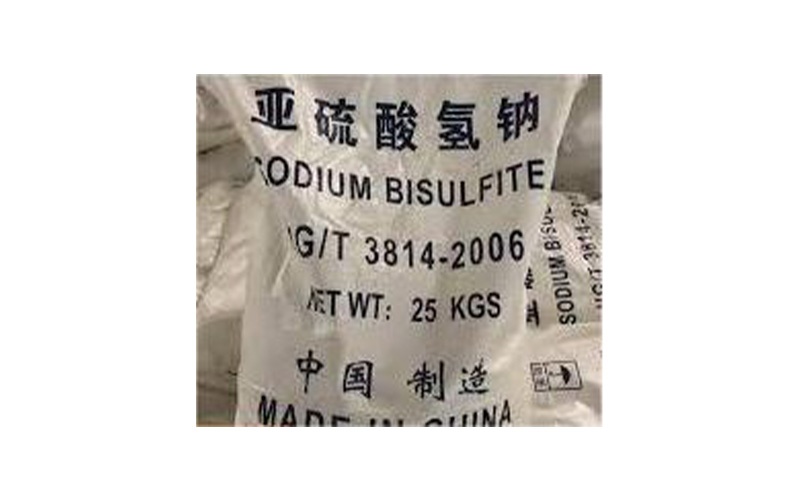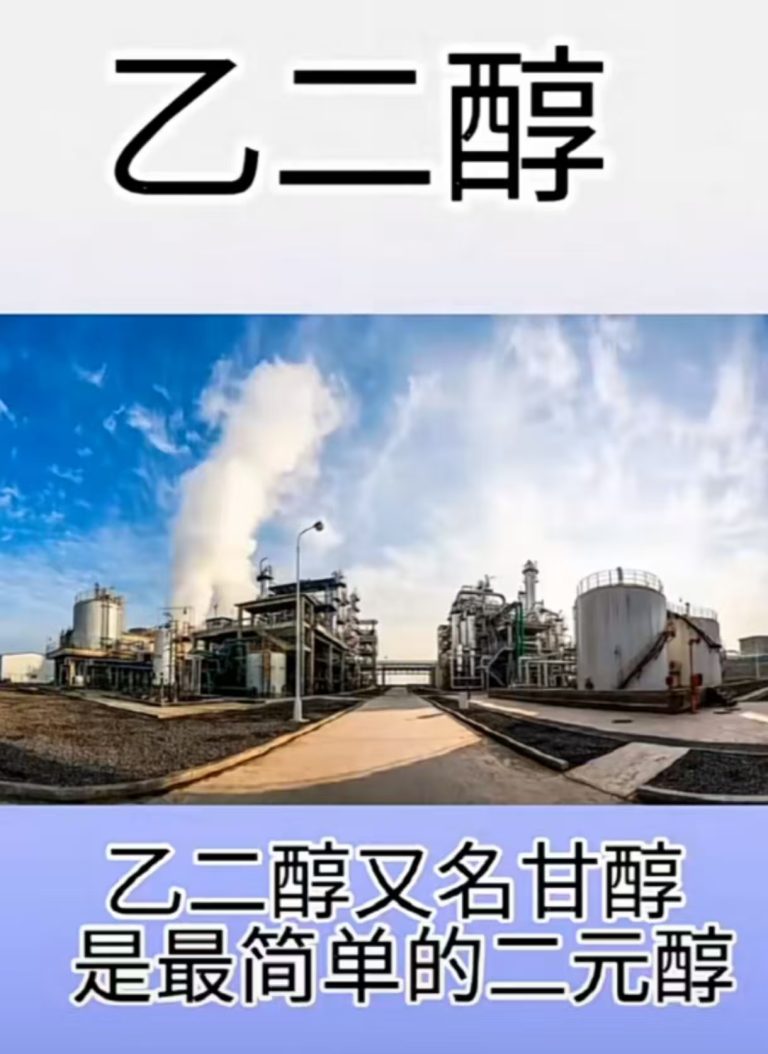Cost comparison between sodium sulfite reduction method and sodium sulfide method
Overview of Sodium Sulfite Reduction Method
When comparing the cost and practicality of various industrial reduction methods, the sodium sulfite reduction process plays a key role. It’s widely embraced in industries due to its affordability, availability, and ease of use. Let’s break down its fundamentals, applications, and notable advantages.
What is Sodium Sulfite Reduction?
Sodium sulfite (Na₂SO₃) acts as a mild reducing agent in this process. The chemical reaction typically involves converting oxidised species such as chlorate, chromate, or oxygen into more stable or less harmful compounds. For example, in water treatment, sodium sulfite reacts with oxygen to produce sodium sulfate (Na₂SO₄), a much safer byproduct.
The equation reflecting this core reaction is:
Na₂SO₃ + ½ O₂ → Na₂SO₄
This simplicity in reaction makes sodium sulfite reduction an attractive option for processes that need effective and low-hazard chemical transformations. As a ready-to-use chemical, it eliminates the need for complex preparations or intermediate substances. More details on sodium sulfite uses and its properties can be found here.
Applications of Sodium Sulfite Reduction
Sodium sulfite reduction is versatile, making it vital across a range of industries. Here are its main applications:
- Pulp and Paper Industry: This method is employed for pulp bleaching to remove residual oxygen or chlorine traces during the paper production process. It ensures whiter, cleaner paper results with minimal environmental impact. Learn more about its specific uses in the paper sector here.
- Photography: In traditional film photography, sodium sulfite plays the role of a fixer, helping stabilise developed photographic images by reducing unwanted chemical residues.
- Water Treatment: Sodium sulfite is highly valued in water systems to remove dissolved oxygen, preventing corrosion in boilers and pipelines. This is essential in preserving industrial equipment longevity. Additional insights can be found here.
- Food Preservation and Cosmetics: It acts as a preservative in certain food products to prevent oxidation and is occasionally used as an ingredient in cosmetic formulations to maintain stability.

Advantages of Sodium Sulfite Reduction
Sodium sulfite offers many benefits, making it an appealing method in various applications:
- Cost-Effective: This process is affordable compared to many alternatives, especially for businesses needing large-scale implementation. Its straightforward reaction mechanism minimises additional resources or infrastructure.
- Availability: Sodium sulfite is widely produced and easily procured, which simplifies the supply chain for manufacturers and industries.
- Safer Handling: Unlike sodium sulfide, sodium sulfite poses less environmental risk and is comparatively less hazardous to store and transport.
- Compatibility: It integrates seamlessly with established industrial processes, offering consistent results without requiring extensive modifications.
Thanks to its combination of cost-efficiency, availability, and safety, sodium sulfite reduction continues to maintain its place as a reliable choice for various sectors. More information about sodium sulfite’s diverse benefits can be explored here.
This powerful yet simple reduction approach paves the way for innovative uses while keeping operational costs under control.
Overview of Sodium Sulfide Method
When it comes to robust reduction processes in industrial settings, the sodium sulfide method is often in the spotlight. Known for its powerful reducing properties, it plays a crucial role across a variety of applications. Let’s dive into how this method works, the industries that rely on it, and its key advantages.
What is Sodium Sulfide Method?
The sodium sulfide method revolves around the chemical capabilities of sodium sulfide (Na₂S), particularly its reducing power. In this process, sodium sulfide reacts with various oxidised compounds, breaking them down and producing simpler or more stable products. One prominent reaction involves its ability to reduce sulfur compounds or facilitate desulfurisation:
Na₂S + O₂ → Na₂SO₃
Sodium sulfide acts as a reducing agent, often used in processes where other compounds fail to achieve the desired reduction. The byproducts vary depending on the specific application but are frequently manageable, such as sodium thiosulfate or even elemental sulfur.
For a broader understanding of the sulphide’s essential role and chemical interactions, check out this resource.
Applications of Sodium Sulfide Method
The sodium sulfide method has carved a niche in several industries. Its vast applications make it indispensable for certain specialised processes. Here are some areas where it is predominantly used:
- Tanning and Leather Production: Sodium sulfide is a key ingredient in the leather tanning process. It aids in hair removal from animal hides, making it an essential input in leather preparation. Learn more about its role in tanning here.
- Pulp and Paper Industry: Within the kraft process, sodium sulfide helps break down lignin, a component of wood that must be removed to produce cellulose—a key material for paper. Its use ensures efficient delignification and enhances pulp quality. Find additional insights here.
- Mining and Mineral Processing: In mining operations, sodium sulfide is used for flotation processes, assisting in the recovery of non-ferrous metals such as copper, zinc, and lead. It separates valuable metals from impurities, increasing efficiency.
- Textile and Dyeing Industry: Sodium sulfide serves as a reducing agent for dye intermediates, influences textile mordants, and treats artificial fibres to enhance quality.
- Water Treatment: By removing oxygen and preventing corrosion, sodium sulfide proves beneficial in water systems like cooling towers. This makes it a vital player in industrial equipment preservation.
For a detailed overview of sodium sulfide uses across different industries, visit this page.
Advantages of Sodium Sulfide Method
Why do many industries prefer sodium sulfide over other chemical methods like sodium sulfite? The answer lies in its unique advantages:
- Powerful Reducing Properties: Sodium sulfide is highly effective for processes requiring strong reduction. It can handle more demanding reactions compared to sodium sulfite.
- Versatility: Its applications span a wide array of industries, offering solutions for leather treatment, paper production, and ore purification, among others.
- Efficiency in Certain Contexts: In scenarios like flotation in mining or oxygen removal in water systems, sodium sulfide often proves more effective than sodium sulfite.
- Cost-Effectiveness in Targeted Use Cases: For industries specialising in specific tasks such as tannery or delignification, utilising sodium sulfide streamlines processes and optimises expenses.
For more about the benefits and scenarios where this method stands out, you might find this resource helpful.
With these benefits, sodium sulfide continues to be the go-to choice in industrial applications where other methods fall short.
Cost Analysis of the Two Methods
When deciding between two industrial chemical reduction methods like sodium sulfite and sodium sulfide, cost plays a major role. Financial factors such as raw material prices, the required chemical dosage, and the concentration of heavy metals in wastewater all contribute to the overall expense. This analysis breaks down these considerations for better comparison.
Material Costs: Compare the costs of acquiring sodium sulfite and sodium sulfide as raw materials
The prices of sodium sulfite and sodium sulfide can vary depending on the region, supplier, and bulk purchase volume. Currently, sodium sulfite is generally more affordable in most markets. For instance:
- Sodium sulfite is available for approximately $329 USD per metric ton, with variations depending on purity and production source. Bulk suppliers, like CoreChem, offer competitive pricing for industries requiring large quantities.
- Sodium sulfide costs are typically higher, often due to its more complex manufacturing process and limited production capacity. For instance, laboratory-grade sodium sulfide can be found at prices starting at $17.25 for 100 grams, as shown on providers like Flinn Scientific.
On average, if your industry prioritises budget efficiency, sourcing sodium sulfite may result in lower procurement expenses. However, specific use cases might justify the higher upfront costs of sodium sulfide.
Calculation of dosage of reagents for wastewater with different concentrations of heavy metals (such as chromium 200ppm)
When treating chromium-laden wastewater, the amount of reagent required depends on the heavy metal concentration and the reduction capacity of the chemical. For chromium at 200 ppm, calculations may look like this:
- Sodium Sulfite Dosage: Sodium sulfite (Na₂SO₃) reacts with hexavalent chromium to form less harmful compounds. According to chemical stoichiometry, 3 moles of sodium sulfite reduce 1 mole of hexavalent chromium (Cr⁶⁺):
- For a 1,000-litre wastewater sample with 200 ppm chromium:
- Chromium Concentration: 200 mg/L × 1 L = 0.200 g/L
- Mole ratio: Use approximately 6:1 molar ratio of sodium sulfite per mole of chromium.
- Approximate dosage: ~3.0 kg of sodium sulfite.
- For a 1,000-litre wastewater sample with 200 ppm chromium:
- Sodium Sulfide Dosage: Sodium sulfide (Na₂S), being a stronger reducing agent, reacts more efficiently:
- For the same 1,000-litre sample:
- Sodium sulfide dosage can be reduced due to its stronger reduction power, requiring ~2.0 kg to achieve similar results.
- For the same 1,000-litre sample:
Both chemicals demonstrate high efficacy, but sodium sulfide might be more cost-effective for highly concentrated solutions because of the lower amount required.
Calculation of dosage of reagents for wastewater with different concentrations of heavy metals (such as chromium 50ppm)
When addressing lower concentrations like 50 ppm chromium, the reagent requirements change proportionately. Here’s an approximate breakdown:
- Sodium Sulfite Dosage: For a chromium concentration of 50 ppm (0.050 g/L):
- Molar ratio calculations remain similar, with a reduced demand for sodium sulfite.
- Total required sodium sulfite for 1,000 litres: ~0.75 kg.
- Sodium Sulfide Dosage: Sodium sulfide, again more potent on a per-mass basis:
- Total required sodium sulfide: ~0.5 kg.







